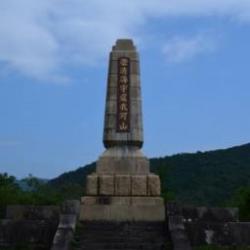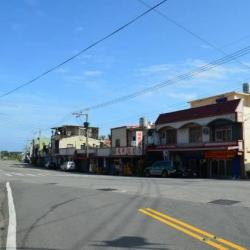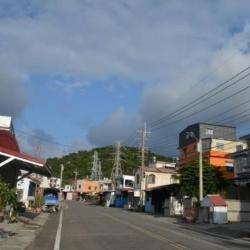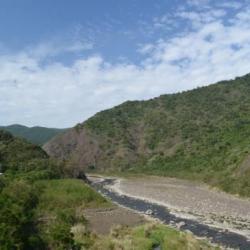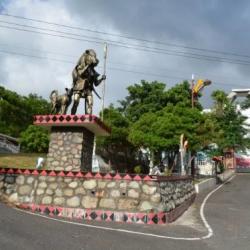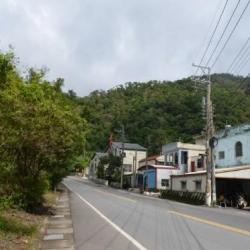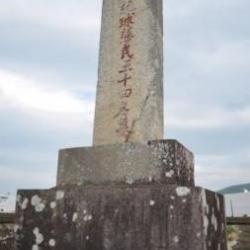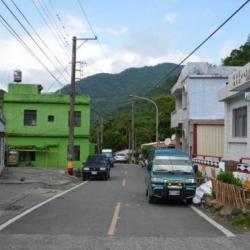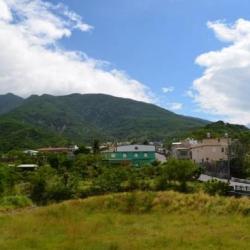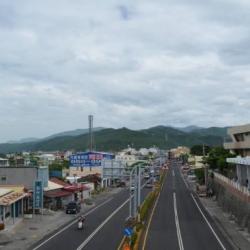The Shimen Historic Battlefield is located at the junction of Checheng Township and Mudan Township in Pingtung County, in the hilly and mountainous areas of the Sichong River and its tributaries. Since the Mudan incident, the Japanese have been calling the place Shimen. In the post-war period, the village and township was named after it.
As a fact, the former Monument of Commander Saigo Judo and the Monument of the Loyal Soul (in memory of the Japanese soldiers who were killed in the battle between indigenous peoples) were built to commemorate the Mudan Incident. In the post-war period, the monuments were deemed a humiliation to the country, and thus the words on the monument were replaced to commend the anti-Japanese spirit of the indigenous peoples.
